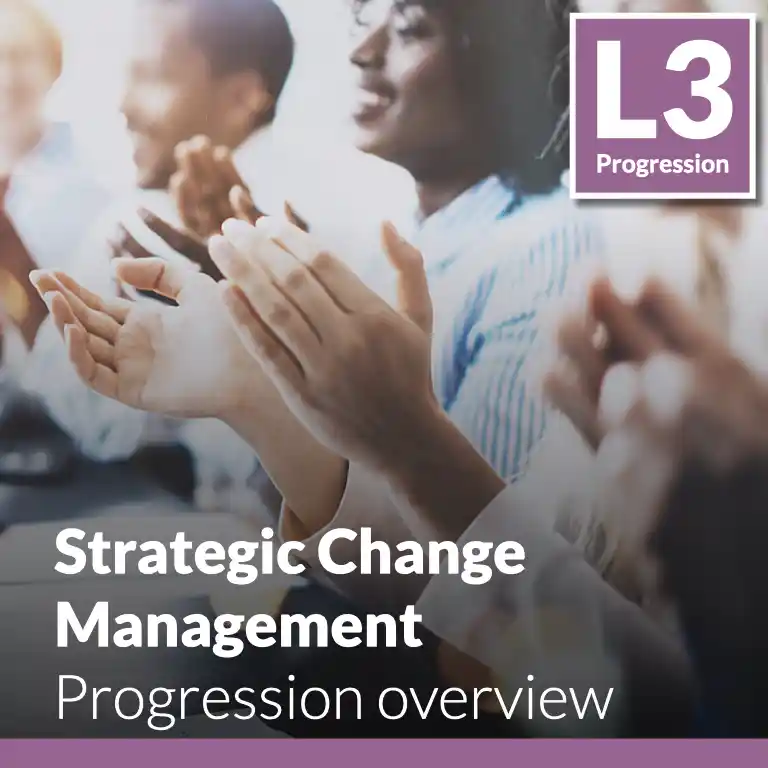Enjoy instant access to a scalable system of proven practices and execution-ready tools. Built to launch strategic HR programs 5X faster!
✓ Enjoy platform access
✓ Create your HR roadmap
✓ View open content in library
✓ Access dozens of practices:
⤷ The HR Strategy program
⤷ Explainers and deep dives
⤷ Supplemental guides
⤷ Insight articles
⤷ Weekly best practices
⤷ And more!
100% Free. No credit card required.
This guide is part of a progression set comprised of Core, Advanced, and Emerging Strategic Change Management practices.
The pace of change has grown exponentially. Information is now more readily available as technology advances and the lines between work and personal life blur. In response, many organizations strive to foster a resilient culture, responding positively to change and constantly looking for ways to transform. Disrupting company culture to create one that embraces change and innovation takes focus, strong leadership, processes, and policies that reward the right behaviors, and open and honest dialogue with the workforce. Based on the organization’s current culture and size, it could take months to years to fully instill a change mindset and resilient ways of working.
Change capacity is an organization’s ability to either effectively prepare for or respond to an increasingly unpredictable and volatile environment. Organizational Change Capacity (OCC) is the ability of an organization to plan, design, and implement all types of change efficiently with committed stakeholders, causing minimal negative impacts on people and operations so that desired business and cultural results from change are consistently achieved and integrated seamlessly into operations to deliver maximum Return on Investment (ROI).
Many research articles, books, and publications describe aspects of OCC. One of the more comprehensive approaches, published by Saylor Academy, consists of eight dimensions:
It is critical that the executive team supports and, even better, sponsors this effort. While building change capability is often done across an entire organization, it can also be successful as a more focused effort in only one or two functions if there is not an appetite to take on this work holistically. In a more focused effort, it is critical to have sponsorship from the functional leaders and their direct reports.
Companies with solid change leadership and change capability are more profitable, with margins twice those with low change capability. In addition, companies with high change capability have leaders and cultures that rate significantly higher in the eyes of their employees than those with low change capability, and their employees feel more inspired and engaged. The higher the aggregate organizational change capacity is, the higher the environmental and financial performance.
Leveraging the practices at this level brings a more refined and detailed view into the assessment of an organization’s change capacity, mainly focused on factors related to the behaviors of leaders and managers, culture, the level of trust and accountability that exists, and the capabilities of existing change champions who can lead the organization by example and their words. It creates a formal corporate function focused on managing the range of changes that the organization installs and experiences in a structured, automated, and disciplined manner. It develops and actively manages a culture that operates, actively embraces, and rewards its ability to change, innovate, and continuously learn from its successes and failures.
Identifying the level at which the organization is currently prepared to embrace change and innovation to create the focus, leadership, processes and policies that reward the right behaviors and open dialogue with the workforce.
Proactively managing and planning all large-scale changes as a portfolio leveraging a formal change management infrastructure.
Adapting cultural conditions to be supportive of the new behaviors that are required to adopt changes and ensure that the entire organization contributes to effectively changing the culture.

Enjoy instant access to a scalable system of proven practices and execution-ready tools. Built to launch strategic HR programs 5X faster!